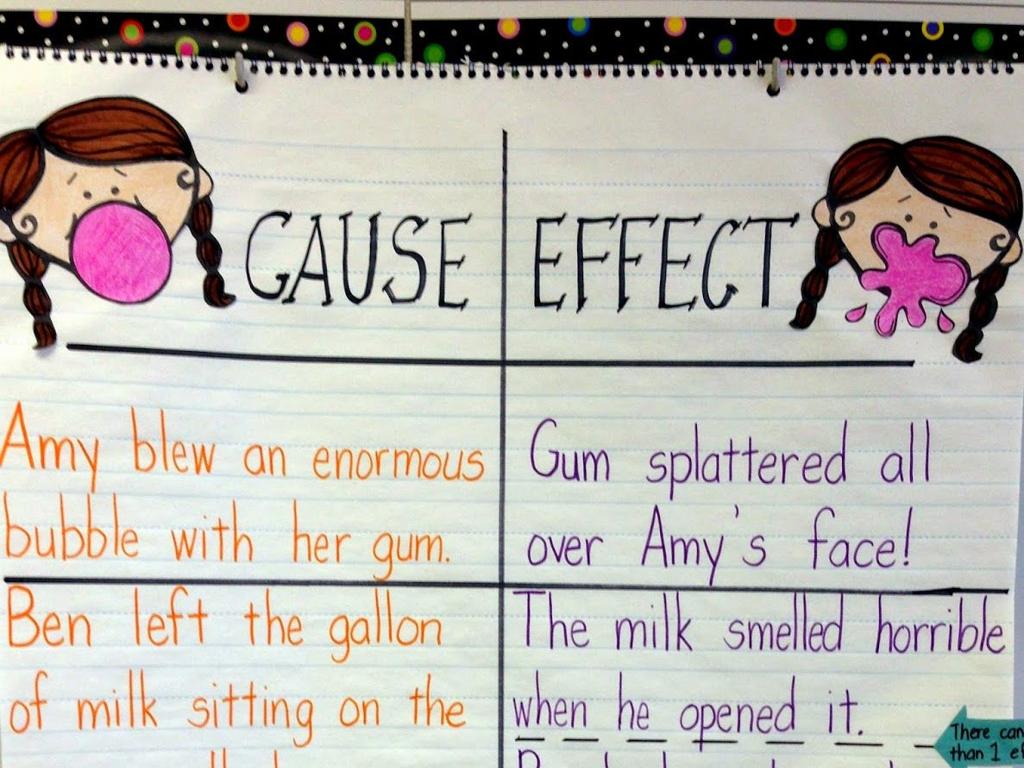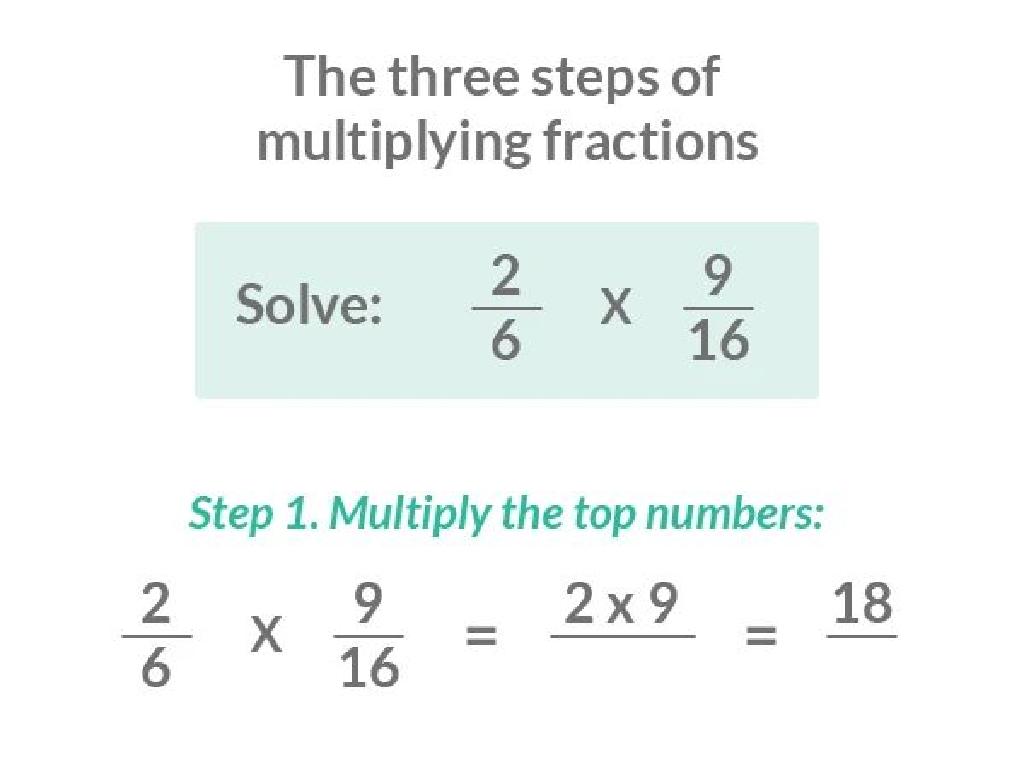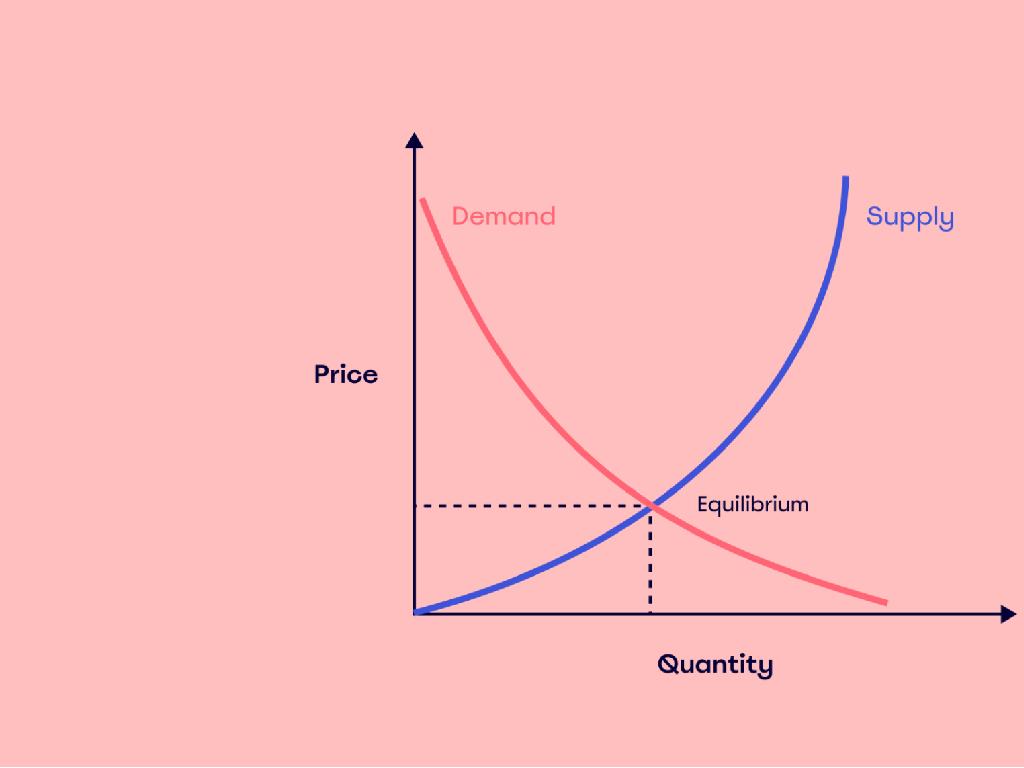Place Value Models - Tens And Ones
Subject: Math
Grade: Second grade
Topic: Place Value
Summary: This engaging second grade math presentation introduces place value by exploring tens and ones with interactive models and activities. Students use blocks, place value charts, and real-life examples to visualize how numbers are built from groups of tens and individual ones. Hands-on games and group challenges help reinforce key concepts, making place value fun and memorable. Ideal for solidifying number sense and building foundational skills for future math learning.
Please LOG IN to download the presentation. Access is available to registered users only.
View More Content
Welcome to Place Values!
– Greet and introduce place value
– Explain what place value is
– Each digit has a value based on its position
– Discuss importance of place value
– Helps in understanding large numbers
– Engage with a place value activity
– Use blocks or drawings to represent tens and ones
|
Begin the class with a warm welcome and an exciting introduction to the concept of place value, setting the stage for today’s math adventure. Explain that place value is a system that allows us to understand the value of digits based on their position in a number. Emphasize why place value is crucial for comprehending the size of numbers, performing calculations, and laying the foundation for future math concepts. Engage students with a hands-on activity using blocks or drawings to represent tens and ones, reinforcing the lesson in a tangible way. This interactive approach will help students grasp the concept of place value more effectively.
Understanding Tens and Ones
– What are Tens and Ones?
– Tens are bundles of ten items, ones are single items.
– Grouping objects into tens and ones
– Count items by making groups of ten, then count the leftovers.
– Everyday examples: tens and ones
– Use pencils or cookies to show 10s (a pack) and 1s (a piece).
– Practice with real items
|
This slide introduces the foundational concept of place value, focusing on tens and ones. Begin by explaining that in the base-ten system, ‘tens’ are groups of ten items and ‘ones’ are individual items. Demonstrate how to count objects by grouping them into tens and then counting any remaining ones. Use relatable examples like pencils (grouped by tens in a box) and cookies (individual ones) to illustrate the concept. Encourage students to bring similar everyday items to class for hands-on practice. The goal is for students to visualize and understand how numbers are composed of tens and ones, which is crucial for their future math skills development.
Building Numbers with Blocks
– Base-ten blocks introduction
– Blocks represent ones, rods represent tens
– Example: Building number 34
– 3 rods (tens) and 4 blocks (ones) make 34
– Students build numbers with blocks
– Use blocks to form different numbers
– Understanding tens and ones
|
This slide is aimed at helping students visualize and understand the concept of place value using base-ten blocks. Begin by explaining that each block represents a single unit or ‘one’ and each rod represents ‘ten’. Show them how to build the number 34 using 3 rods for the tens place and 4 individual blocks for the ones place. Then, encourage students to use either virtual or physical base-ten blocks to construct different numbers. This hands-on activity will reinforce their understanding of how numbers are composed of tens and ones. It’s a fundamental concept in place value that will be built upon in future lessons.
Understanding Place Value: Tens and Ones
– Introduction to Place Value Chart
– A tool to help us see the value of each digit in a number.
– Placing tens and ones correctly
– Tens are in one column, ones in another. For example, in 47, 4 goes in the tens place.
– Practice activity with the chart
– Let’s place numbers like 32, 15, and 8 on our chart.
|
This slide is aimed at helping second-grade students grasp the concept of place value using a Place Value Chart. Begin by explaining the chart and its purpose in understanding the value of digits in larger numbers. Emphasize that the rightmost place is for ‘ones’ and the next place to the left is for ‘tens.’ Use clear examples to show where to place the digits of a number on the chart. For the practice activity, provide several numbers for students to work with and ask them to place the correct number of tens and ones on their charts. This hands-on activity will reinforce their understanding of place value. Encourage students to explain their reasoning for the placement of tens and ones to ensure comprehension.
Counting with Tens and Ones
– Group objects into tens and ones
– Example: Counting with blocks
– If we have 23 blocks, we make 2 groups of ten and 3 single blocks.
– Class practice with classroom items
– Let’s count books, pencils, or chairs in groups of ten and the rest as ones.
– Understanding tens and ones
|
This slide introduces the concept of place value by grouping objects into tens and ones, which is a foundational skill in understanding numbers. Start by explaining that objects can be counted faster by making groups of ten. Use physical blocks to demonstrate how 23 blocks can be grouped into two tens (20) and three ones (3). For class practice, have students count various classroom items like books or pencils by grouping them into tens and ones. This hands-on activity will help solidify their understanding of place value. Ensure that each student is engaged and provide assistance as needed. The goal is for students to recognize that numbers are composed of tens and ones and to become comfortable with this method of counting.
Writing Numbers with Tens and Ones
– Learn to write numbers with tens and ones
– Break down numbers into tens and ones units
– Example: Writing 47 as tens and ones
– 47 can be written as 4 tens and 7 ones
– Class activity: Interactive writing
– Use blocks or drawings to represent numbers
|
This slide introduces the concept of place value, specifically focusing on tens and ones. Start by explaining that every digit in a number has a place value, depending on its position. Use visual aids like blocks or drawings to represent tens and ones. For example, show that the number 47 consists of 4 tens (which is 40) and 7 ones. During the interactive activity, provide students with a number and ask them to represent it using tens and ones. This could be done with physical manipulatives or drawing on the board. Offer several examples and encourage participation to ensure understanding. The goal is for students to become comfortable with decomposing numbers into tens and ones.
Fun with Place Value Games
– Learn a new place value game
– Understand the game rules
– We’ll use blocks to represent tens and ones
– Split into groups for the game
– Play and learn about tens and ones
– Each group will build numbers using blocks
|
This slide introduces a hands-on game to help second graders understand place value with tens and ones. The game will involve using physical blocks or other manipulatives to represent tens (a group of ten blocks) and ones (single blocks). Explain the rules clearly, demonstrating how to build different numbers using the blocks. Divide the class into small groups, ensuring each group has enough materials. As they play, walk around to guide and answer questions. The game should reinforce the concept of tens as a bundle of ten ones and the importance of place value in constructing numbers. Possible activities include building the highest number, converting a pile of ones into tens, and vice versa.
Class Activity: Place Value Hunt
– Understand Place Value Hunt
– Group items as tens and ones
– Find 10 pencils, make a ‘ten’. 2 extra pencils are ‘ones’.
– Share your groups with the class
– Discuss everyone’s findings
– Why did you group items that way?
|
In this interactive activity, students will reinforce their understanding of place value by physically grouping classroom items into tens and ones. Explain how to count by tens and the concept of ‘leftover’ items as ones. Students should work individually or in small groups to find items they can count and group. After the hunt, each student or group will present how they grouped their items and explain their thought process. Encourage students to observe the differences in how items are grouped and discuss why certain items can or cannot be grouped into tens. This activity will help students visualize and better understand the concept of tens and ones in a tangible and engaging way.
Conclusion: Wrapping Up Place Values
– Recap today’s key points
– Share your learning
– What are tens and ones? Can you show with your fingers?
– Ask any last questions
– It’s okay to be curious, ask away!
– Review with a fun game
– Let’s play a quick matching game with numbers and blocks.
|
As we conclude today’s lesson on place value, focusing on tens and ones, start by summarizing the main points. Encourage students to actively participate by sharing what they’ve learned; this reinforces their understanding and allows them to articulate their knowledge. Address any questions the students may still have to ensure clarity. To end the lesson on a high note, engage the class in a fun, interactive game that involves matching numbers to blocks representing tens and ones. This activity will serve as both a review and a check for understanding, allowing you to assess the students’ grasp of the concept in a playful manner.





